

粤菜有着兼收并蓄的传统,“食在广州”的美誉名扬天下。在美食作家、粤菜文化学者、《粤菜传奇》《中国粤菜故事》主编钟洁玲看来,正是海纳百川的包容性,造就了粤菜的繁荣。
Cantonese cuisine has a tradition of inclusivity, and the reputation of "Eating in Guangzhou" is renowned worldwide. According to Zhong Jieling, a renowned food writer, Cantonese culinary culture scholar, and editor-in-chief of "Legendary Cantonese Cuisine and Stories of Chinese Cantonese Cuisine", it is precisely the inclusive nature of embracing diverse influences that has fostered the prosperity of Cantonese cuisine.
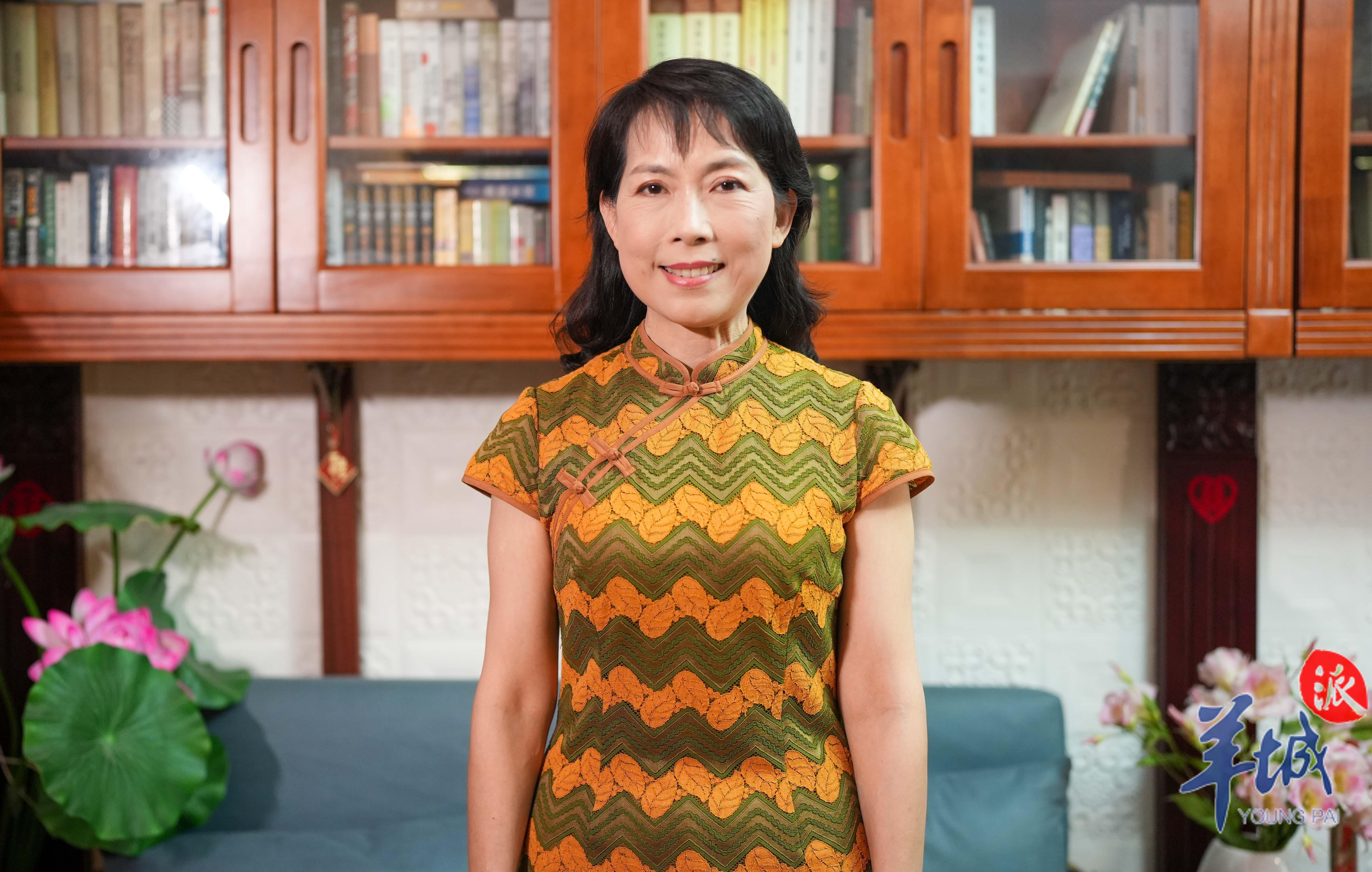
粤菜的风味有何独特之处?它的未来发展将走向何方?钟洁玲认为,“新鲜生猛”是粤菜不变的定律,追求丰富、多层次变化的复合味道,进行世界性的融合则是粤菜进一步发展的方向。
What are the unique characteristics of Cantonese cuisine, and where does its future development lie? According to Zhong, the unchanging law of Cantonese cuisine is freshness and vibrancy. The pursuit of rich, multi-layered, and evolving complex flavors, along with global integration, is seen by Zhong as the direction for the further development of Cantonese cuisine.
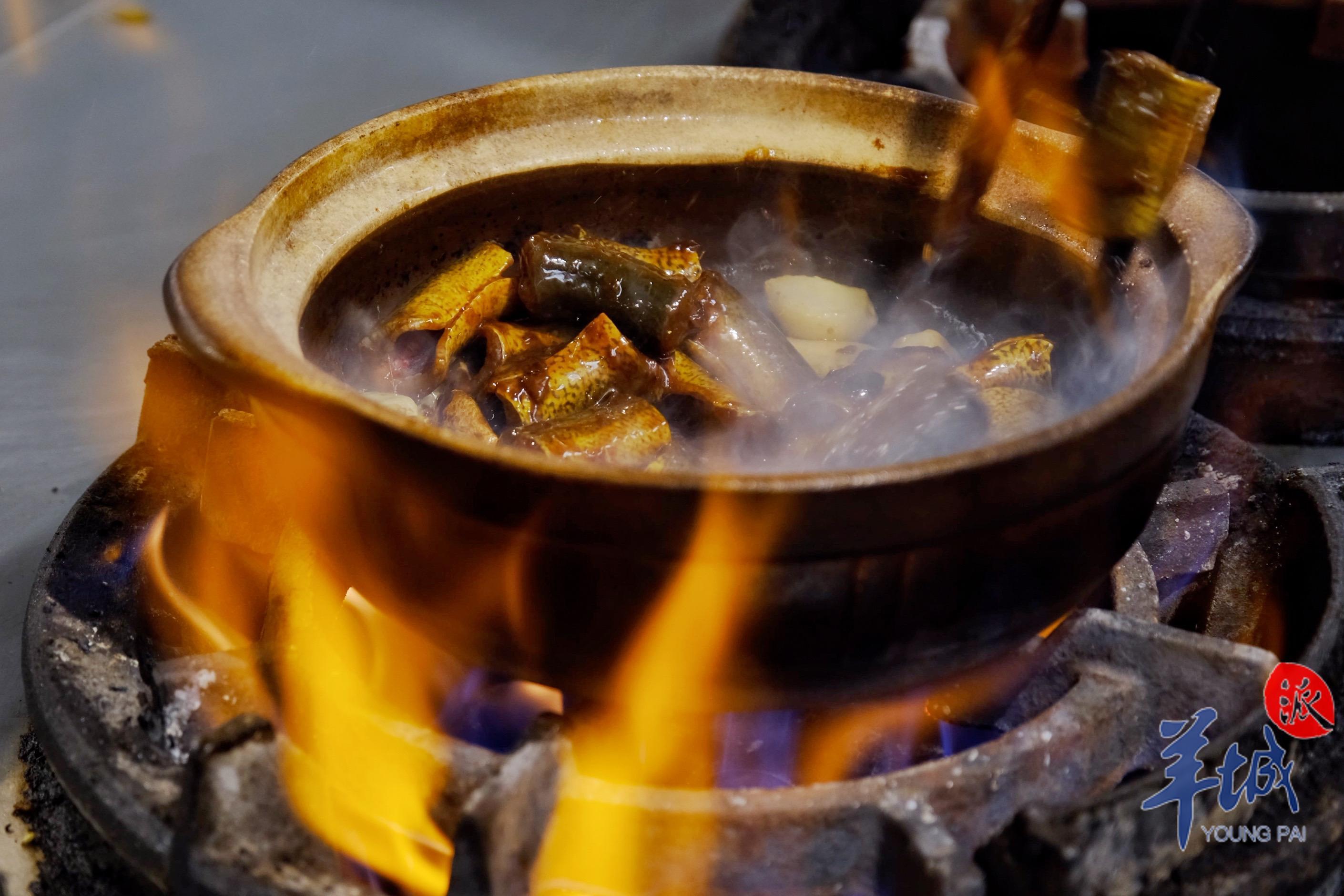
“烧鹅、白切鸡、红烧乳鸽、黑叉烧、老火靓汤(炖汤),还有小吃类的炒牛河、姜撞奶、牛肉拉肠、猪脚姜醋,就连炒青菜譬如椒丝腐乳通菜、猪油渣炒高脚菜心、豆豉鲮鱼油麦菜,都是我心头至爱,念念不忘的美食。”谈及最喜欢的一道粤菜时,钟洁玲陷入了“选择困难症”,在她心目中,哪怕是生活中的家常菜,都是不可割舍的美味。而说起粤菜的关键词,钟洁玲认为是“新鲜生猛”“有镬气”,“如果只用一个字概括,那必然是‘鲜’。”
"When it comes to my favorite Cantonese dish, I fall into the dilemma of choice," says Zhong. "Roast goose, white sliced chicken, braised squab, black char siew (Chinese barbeque roast pork), and traditional slow cooked soups are cherished by me. Even stir-fried dishes like beef hor fun, ginger milk curd, steamed rice roll with beef and pig's trotters with ginger and sweetened vinegar, not to mention stir-fried vegetables like shredded pepper with fermented tofu and water spinach, stir-fried Chinese kale with pork fat scraps, and cos lettuce with fried dace and salted black beans—all of these are the beloved flavors that I can't forget." As for the keywords that define Cantonese cuisine, Zhong believes they are "fresh and vibrant" and "wok hei" (a charred aroma that fleetingly cloaks the piping-hot stir-fries). "If I were to summarize it in just one word, it would undoubtedly be 'fresh,'" she says.
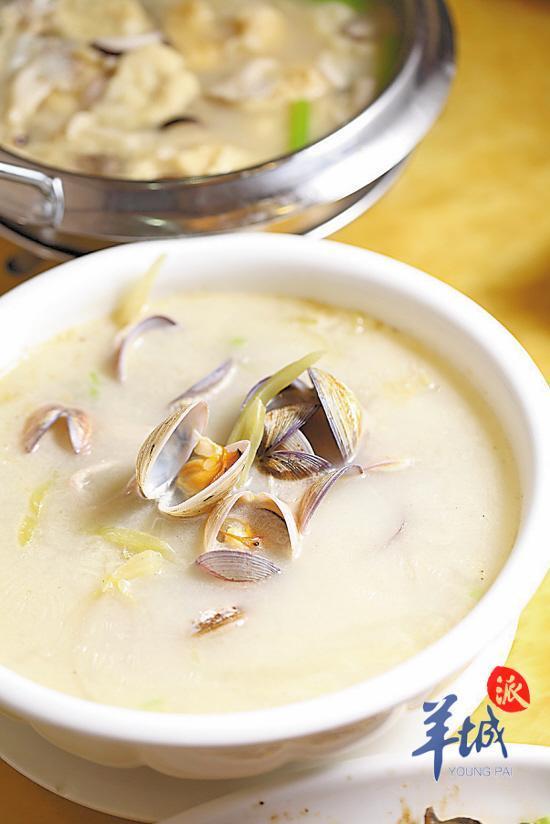
钟洁玲认为,自古以来,岭南地区都是高温潮湿的,在广州的天气预报当中,还会特别播报每天的霉变指数,“说明这里的食材很容易变质,储存的方法往往就是利用‘大自然的宝库’,什么时候吃就什么时候取,除了菜要即摘即食、食材要即蒸即食以外,保存食物也要按照时节,叫作不时不吃,这也是粤菜新鲜和生猛的一个体现。”
Zhong believes that historically, the Lingnan region has been characterized by high temperatures and humidity. In the weather forecasts for Guangzhou, there is even a special report on the daily mold index. This indicates that ingredients in this region are prone to spoilage, and the method of preservation often relies on tapping into the "treasures of nature". The approach is to harvest and consume ingredients as needed. In addition to the practice of cooking vegetables and ingredients immediately after harvesting, the preservation of food is also aligned with the seasons. This concept is referred to as "not eating food that is not in season". This is also a reflection of the freshness and vibrancy of Cantonese cuisine.
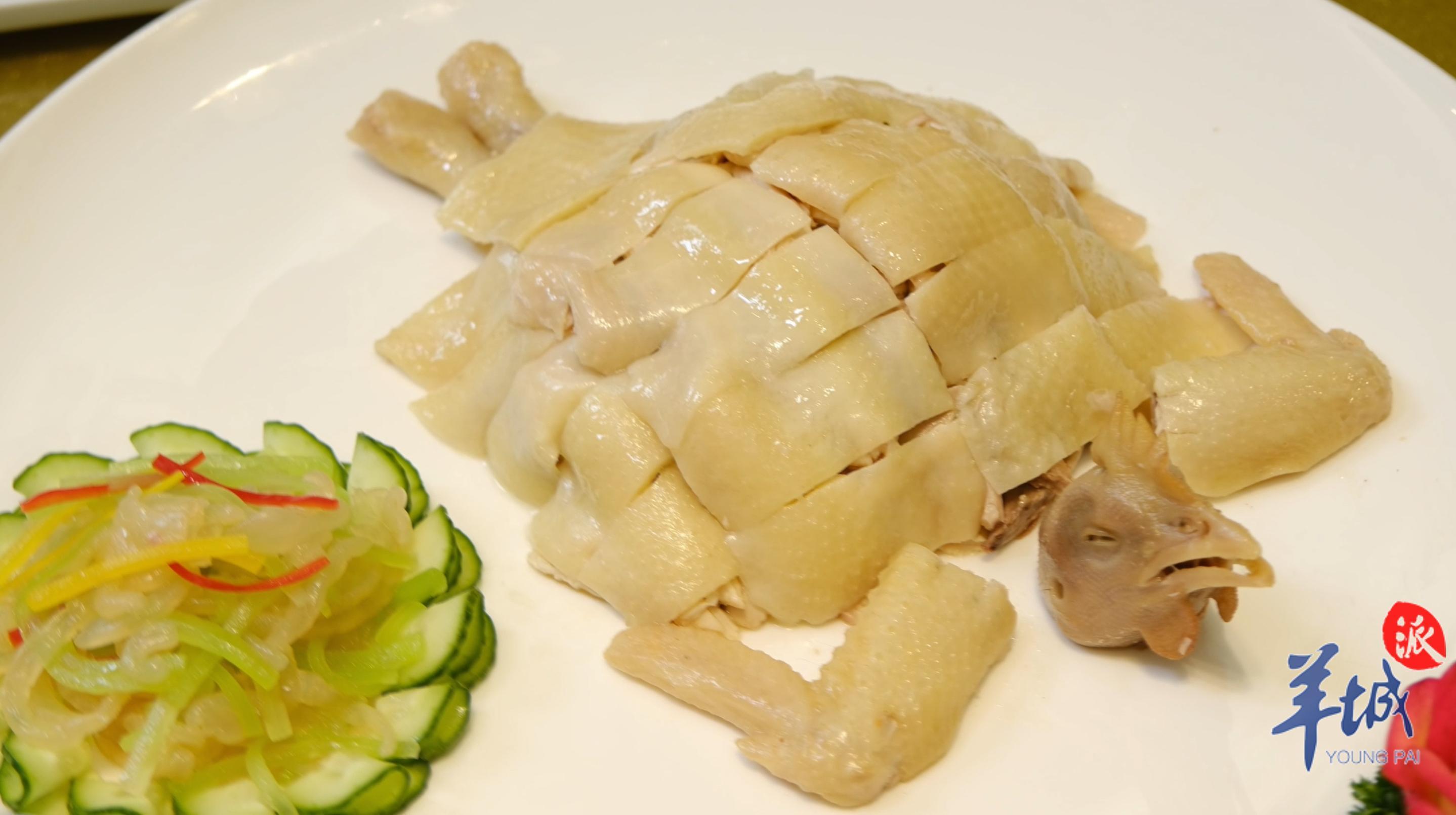
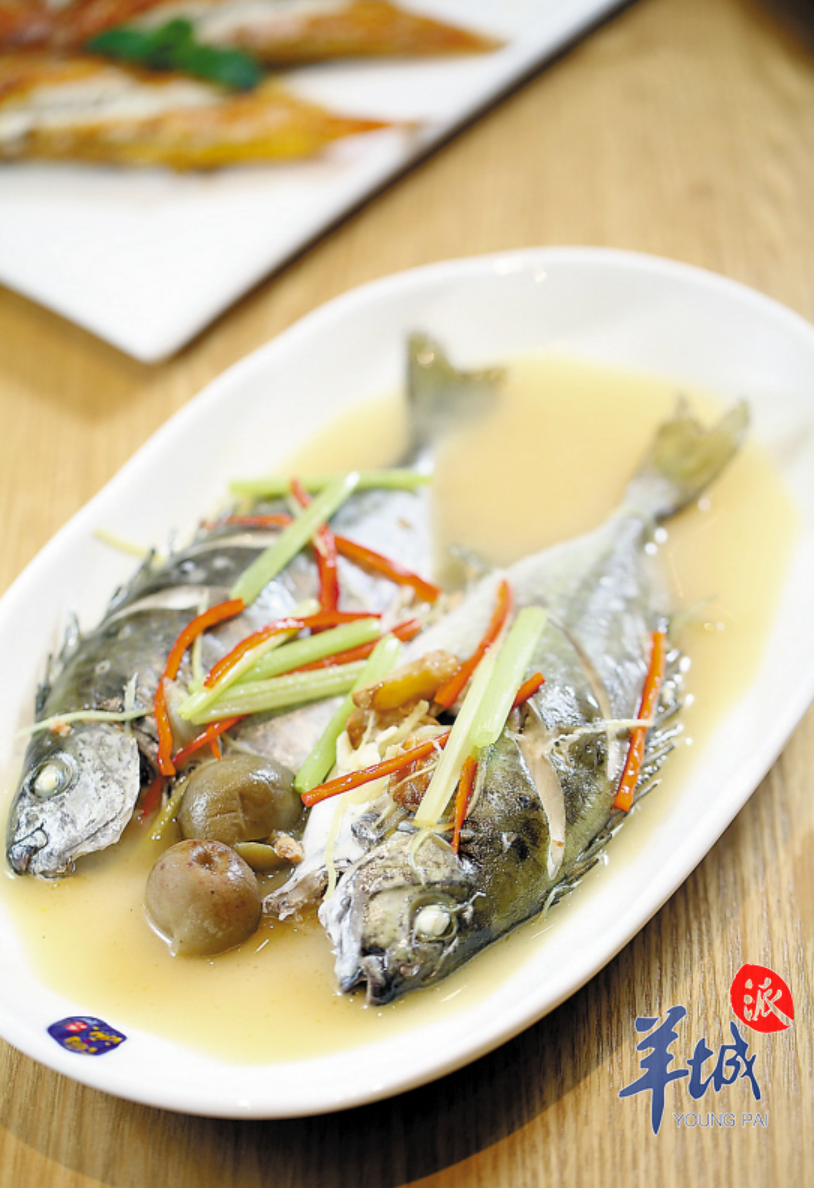
粤菜发展至今,仍离不开守正与创新。钟洁玲表示:“粤菜是一直在变化的,例如清蒸鱼,现在慢慢加入了鲜花椒,我们家在烹煮时甚至还加入了湖南的剁椒、四川的烧椒酱。刚开始出现时,有粤菜大师极其反感,因为以前的粤菜是不辣的,但实际上,辣椒已经本地化到广州人能接受了。”
Cantonese cuisine, in its ongoing development, remains rooted in tradition while embracing innovation. Zhong expresses this by saying, "Cantonese cuisine has always been evolving. For example, in the traditional dish of steamed fish, we have gradually introduced fresh Sichuan peppercorns and, in our household, even incorporated Hunan-style chopped chili and Sichuan chili sauce. When these changes initially appeared, some Cantonese culinary masters strongly objected because Cantonese cuisine used to be non-spicy. However, in reality, chili peppers have become localized to the point where people in Guangzhou can now accept them." This illustrates the dynamic nature of Cantonese cuisine, which adapts to changing tastes and incorporates new elements while maintaining its core principles.
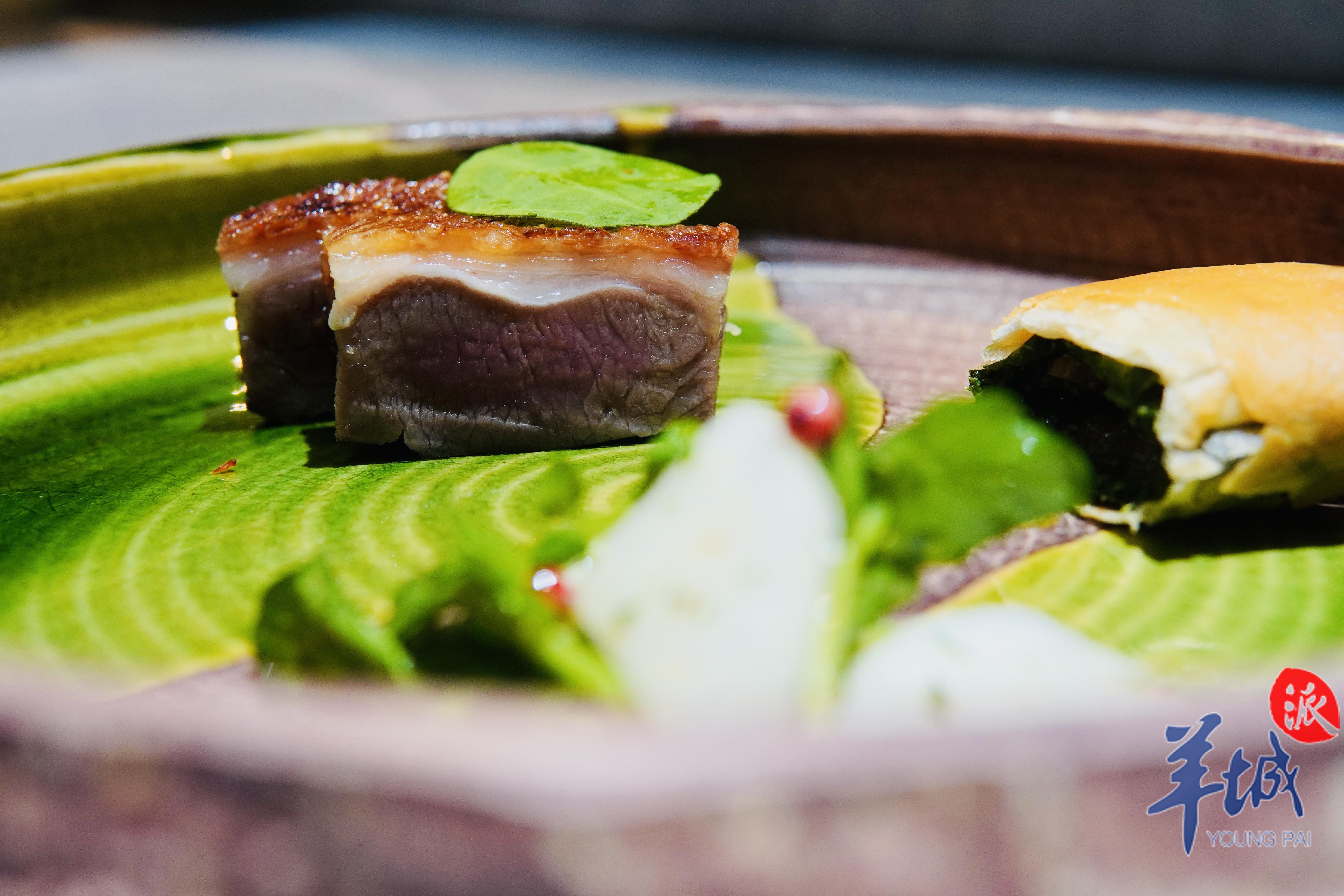
“粤菜能获得世界性声誉,那是海纳百川的结果:近代以来,广州华洋杂处,海内外商人带来了各地美食,在此碰撞融合,形成‘汇聚南北,合璧中西’的粤菜,让‘食在广州’名扬天下。如果有正宗,这种海纳百川的传统,就是正宗。” 钟洁玲说。
"The global acclaim of Cantonese cuisine is a result of its inclusivity. In modern times, Guangzhou has been a melting pot of Chinese and foreign cultures, with merchants from all over bringing diverse culinary influences. Through this collision and integration, Cantonese cuisine has evolved into a harmonious blend of elements of the northern and southern Chinese regions as well as the integration of the Chinese and Western, thus gaining worldwide fame as Eating in Guangzhou. If there is authenticity, this tradition of embracing diverse influences is the true one," said Zhong.
-
DATA TALK丨Guangdong sees record high growth in large-scale industrial sector in October
2023-11-23 23:23:59 -
Embark on a football journey in Guangzhou with Spain Tourism Board!
2023-11-23 23:23:22 -
'Ballet on blue sky': AERO Asia show kicks off in Zhuhai
2023-11-23 23:21:26 -
Y Talk㊴|Why did they look to China for help in resolving the Palestinian-Israeli conflict协调巴以冲突,他们为什么来找中国?
2023-11-23 23:19:00






